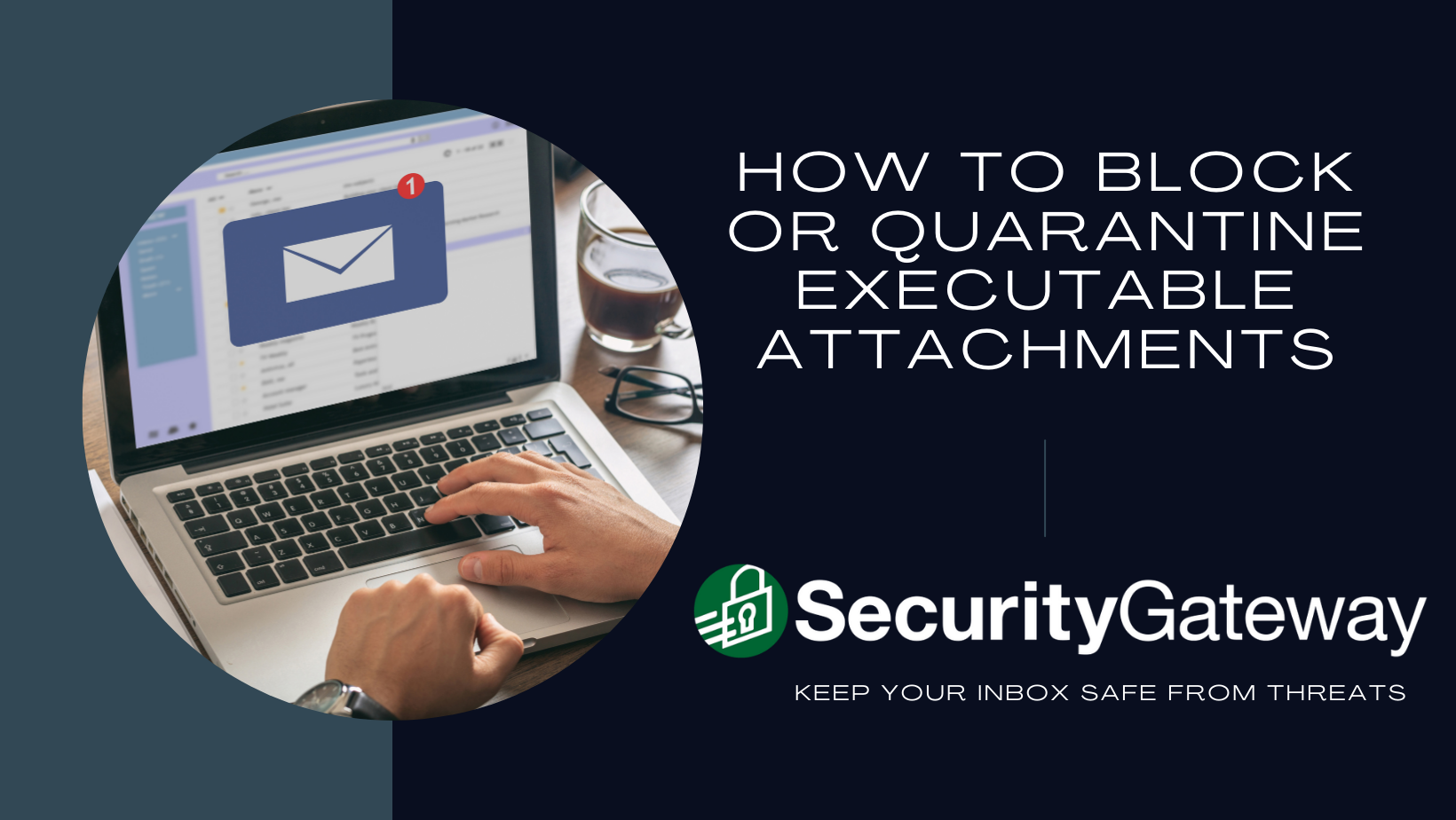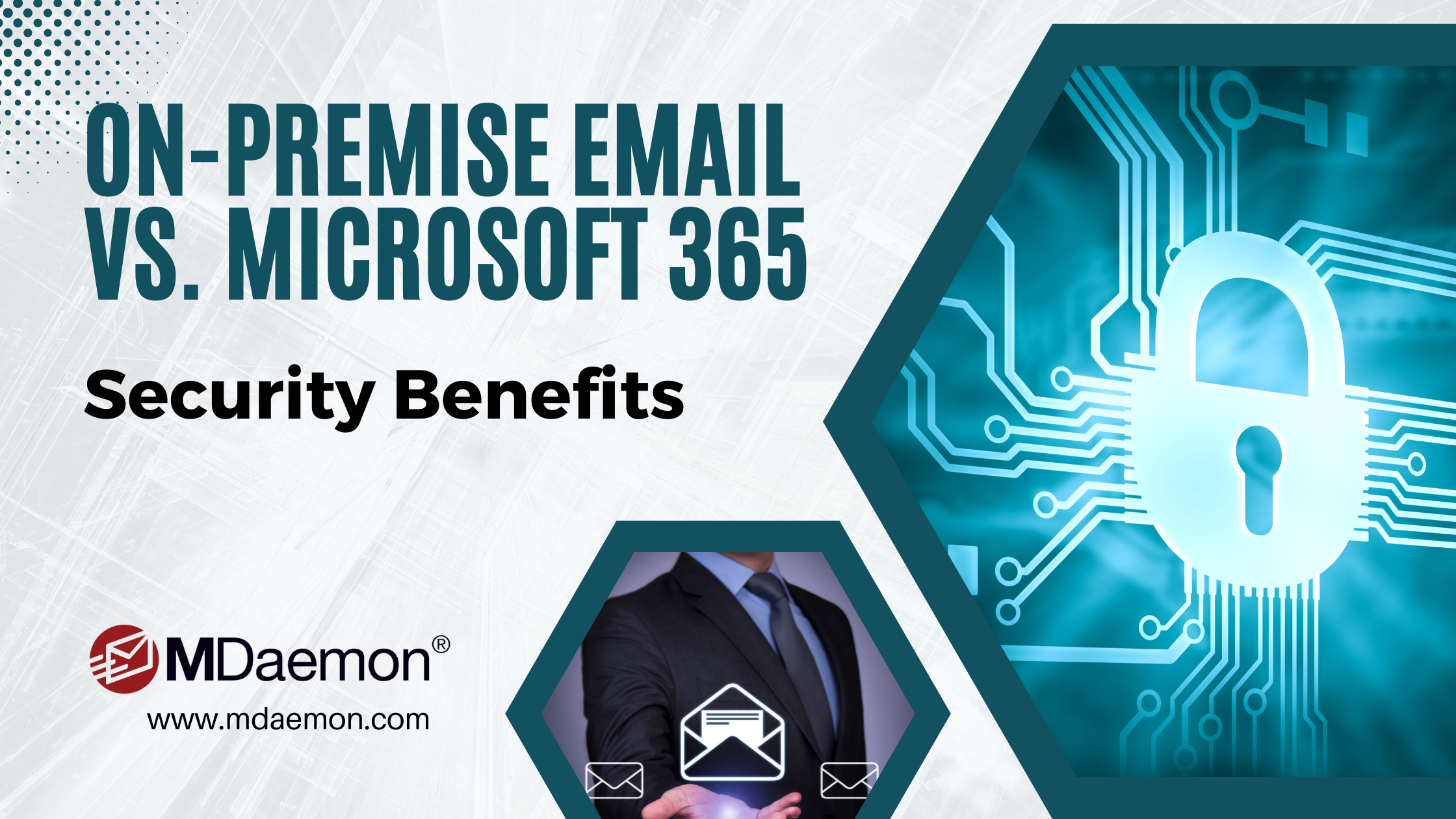Are you an MDaemon administrator needing some help understanding certain features? Looking for email troubleshooting tips & tricks? Well look no further than our MDaemon Technical Training webinar!
Want to become an MDaemon guru? Watch our technical training webinar!
By Brad Wyro posted in Email Security, MDaemon Email Server, Training
Protect Against Hackers with Two-factor Authentication for MDaemon Webmail
By Brad Wyro posted in Email Security, Email Security Best Practices, Two-Factor Authentication, MDaemon Webmail, Passwords
By now you may have heard countless stories of businesses suffering data breaches because a bad actor was able to guess a user's email password. And while I certainly recommend using strong passwords, it's more important than ever that businesses bolster their email security by requiring users to use two-factor authentication. This is especially true as even some of the strongest passwords have been exposed in hacking incidents and published on the dark web.
Watch out for election season phishing and social engineering attacks
By Brad Wyro posted in Email Security, Phishing, Email Security Best Practices, Email Best Practices
The 2024 presidential election is well under way in the United States, and that means cybercriminals are exploiting heightened public interest and uncertainty to launch targeted attacks using phishing and social engineering tactics. Here’s how they typically do it:
How to Block Executable Files in SecurityGateway™ for Email
By Brad Wyro posted in Attachments, Email Security, Anti-Virus
Malware can be delivered in many ways - via hyperlinks pointing to malicious websites, Microsoft Word documents containing malicious macros, or un-patched software. Or a bad actor can simply add a malicious file as an attachment to an email message and use social engineering to try to trick the user into clicking on the file.
Stay One Step Ahead: Anti-Phishing Best Practices for Your Business
By Brad Wyro posted in Email Security, Phishing, Email Security Best Practices, Email Best Practices
Protect your business from phishing attacks with these essential best practices. Stay one step ahead of cybercriminals and safeguard your sensitive data.
Discover the latest technique cybercriminals use to deceive victims and gain unauthorized access to sensitive information.
DMARC Best Practices: Securing Your Email Communications
By Brad Wyro posted in Email How To, Email Security, Anti-Spoofing, Email Spoofing, Email Security Best Practices
Discover the best practices for securing your email communications with DMARC and its importance in preventing email fraud and phishing attacks.
Why Choose On-premise Email over Microsoft 365? Six Security Benefits
By Brad Wyro posted in Cloud, Email Security, MDaemon Email Server, Email Best Practices
Having an on-premise mail server has many benefits in the areas of security, control, compliance, customization, and cost. Today, we focus on the security benefits.
Why Choose MDaemon Email over Microsoft Exchange - Key Considerations
By Brad Wyro posted in Email Security, MDaemon Email Server, Collaboration, Microsoft 365 Exchange Alternative
When it comes to email and collaboration services, businesses have more choices beyond Microsoft Exchange or Microsoft 365. While these options may be popular choices, they may not be the best fit for your business. Consider MDaemon Email Server, a powerful Microsoft Exchange alternative that includes all of the email and collaboration features businesses need, without the added costs and headaches of a more complex email solution.
Top 9 Email Security Tips to Protect Against Spam, Phishing & Malware
By Brad Wyro posted in Anti-Relay, Attachments, Bayesian Learning, Content Filter, Data Leak Prevention, Email Authentication, DNS-BL, Email How To, Email Security, Macros, Cybersecurity, MDaemon Email Server, Security Gateway for Email, Spear Phishing, Email Spoofing, Anti-Virus, Backscatter, Phishing, Email Best Practices, Passwords
As cyber threats evolve, we face growing email security challenges. Hackers and cyber criminals relentlessly continue to attack businesses as users continue to fall for email scams. That’s why we must continue to be aware of the best practices for securing our email.











